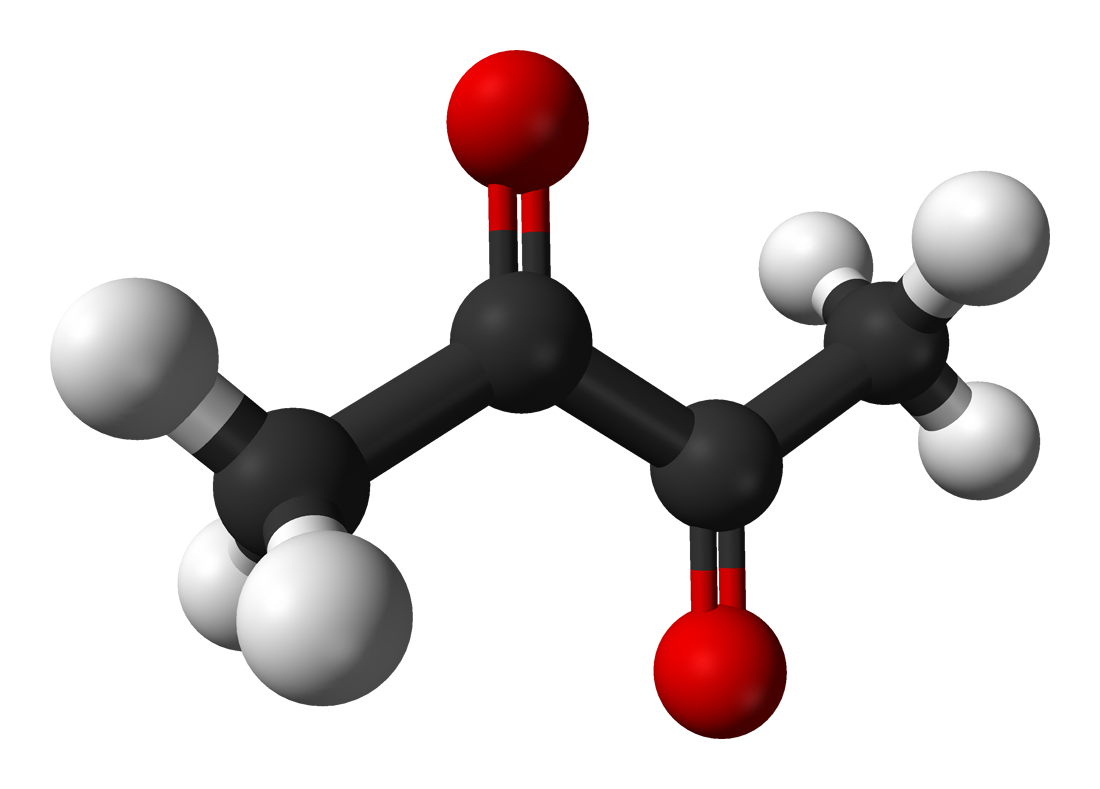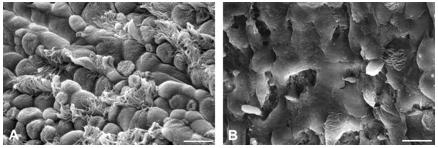|
Brief History
In 2000,
the Missouri Department of Health notified the United States
Occupational Safety and Health Administration (OSHA) at least eight
workers from one popcorn plant have obliterative bronchiolitis (OB), a
rare and usually non-reversible form of lung disease in humans.
OSHA investigated and could not successfully analyze the samples.
Additionally, several more cases were confirmed including those in Iowa,
Illinois, Nebraska, and Indiana.
In 2002, along with the National Institute for Occupational Safety and Health (NIOSH), the Missouri health department determined the rate of lung disease in a popular popcorn-making factory was 31 percent for mixers, 1 percent for packers, and zero elsewhere in the factory. From 2002-2006, many more individual cases and lawsuits were brought up by industries and NIOSH regarding this issue. In 2007, the United States House of Representatives passed the Popcorn Workers Lung Disease Prevention Act, requiring OSHA to set a standard to protect workers. In 2008, Scientists at the National Institute of Environmental Health Sciences (NIEHS) showed exposure to diacetyl can be harmful to the nose and airways of mice. When the mice inhaled diacetyl vapors for various lengths of time, up to about three months, they developed lymphocytic bronchiolitis, a known precursor to OB. None of the mice was ever diagnosed with OB. As of 2009, it is approximated about three hundred lawsuits were proceeding through U.S. courts. Scanning
Electron Microscope shows the surface of the tracheal bifurication
of mice. Figure A shows the exposure simply to air while B shows the
change associated with a continuous six-hour exposure to
diacetyl. The diacetyl-exposed tissue is characterized by the flattening
of cells, fissure formation, and the loss of microvilli and cilia,
which generally increase the surface area of certain cells
and help "sweep clean" the lining of the trachea. |
Brief History |

